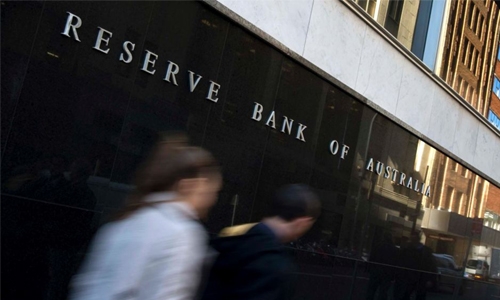Sharing the wealth in Australia
Ten years ago, when the world economy suffered its most severe slump since the Great Depression, Australia was the only advanced country to avoid a recession. While double-digit unemployment ravaged many nations, Australia’s jobless rate stayed below 6 per cent. The hit to our housing was minimal, and the impact on the Australian stock market was temporary. It took until 2013 for the United States to return to pre-Great Recession living standards, but Australia bounced back by 2010.
Today, though, this country’s so-called miracle economy isn’t looking so miraculous. While major economies like those of Germany and the United States have unemployment rates below 4pc, Australia’s has been stuck around 5.5pc, higher than the average in the Organization for Economic Cooperation and Development, a group of mostly wealthy nations. For the typical worker, wages have barely kept up with inflation. There are signs that the economy lacks the diversity of industries and the depth of skills that will be needed in the future.
To understand these challenges, it helps to consider why the Australian economy did so well when the 2008 crash came. The financial sector held up, in large part, because banks here had few exotic securities and risky loans. Big interest-rate cuts immediately helped most mortgage holders. A pre-emptive fiscal-stimulus package of one-off cash bonuses and infrastructure spending was considered one of the most effective in the world. It also helped that Australia has a smaller manufacturing sector (an area particularly hard-hit in the crisis) and substantial exports to China (whose economy continued to demand our raw materials).
Australia is known for its policy innovation, from compulsory voting to income-contingent loans for higher education. When American policy analysts look to Australia, there’s something for everyone. Many Republicans like Australia’s immigration point system and government funding for religious schools. Democrats tend to be attracted to universal health care and a minimum wage of about 19 Australian dollars an hour (more than $13). Populism and partisanship are not as ferocious here as in some other advanced nations. But now Australia needs to focus its innovative policy approach on the economy and find ways to share prosperity with workers.
As in other advanced economies, workers’ share of national income has dropped in recent years. Top executives seem to be the only ones with rising pay checks; in 2017, chief executives of the largest 100 public companies enjoyed a real pay increase of 7pc. In a nation with a proud egalitarian ethos, many people are uneasy about the benefits of growth flowing disproportionately to the fortunate few in harbourside mansions and corner offices.
In principle, stagnant wages for average workers could reflect poor productivity. But that isn’t true here, with productivity growing at a healthy rate. A bigger problem for employees is that they have less bargaining power. Just 1 in 7 Australian workers is in a union, down from half the work force in the early 1980s. Organised labour has been squeezed out of pay negotiations, leaving workers increasingly reliant on the safety net. This year, workers at Australia’s largest envelope manufacturing plant pushed for an annual wage increase of 2.5pc — close to the rate of inflation. It took an eight-week strike before their employer agreed.
There are many policy options to tilt the scales back toward employees. Ending the popular practice of hiring “permanent casual” employees would provide greater certainty to workers who want to start a family or buy a home. Reversing the cut in Sunday pay rates would raise earnings for hundreds of thousands of low-paid restaurant and retail workers. Australia also faces a challenge from the rise of China, which is Australia’s leading source of tourists, foreign students and imports, and its top export market. Few nations are as enmeshed with China’s economy as Australia.
Trade wars hurt everyone, but they pose a special risk for countries that are smaller and less diversified: Australia’s economy would suffer badly from an escalation of conflict between America, our strongest security partner, and China, our most important economic partner. A generation ago, Australia played a key role in world trade talks by spearheading the Cairns group of agricultural free-trading nations. Similar global leadership from Australia is needed today. Ideally, the next round of Australian prosperity would come from reforms that spur both growth and equity.
Australia’s export portfolio shows a nation with its economic eggs in too few baskets. We’d benefit from diversifying the sources of economic growth: through encouraging entrepreneurship, increasing university attendance rates, and fostering greater cooperation between businesses and research institutions. From beer to banking, many Australian markets are dominated by a few big firms. Slowing the pace of mergers and accelerating the pace of startups would be good for growth. Across advanced nations, health care systems are amazingly successful at saving people in emergency rooms, but not so good at addressing chronic problems such as obesity and inactivity. Something similar could be said about the Australian economy.
Having dodged the worst of the downturn a decade ago, Australia must now grapple with the problems of equity and economic diversity. In a world of uncertainty and technological disruption, the country’s prosperity now depends more on smart long-term reforms than savvy crisis management.
Related Posts

